Every Obscure Golf Penalty You’ve Never Heard Of – Explained in 9 Minutes
Think you know the rules of golf? Think again. From squirrels stealing your ball to kneeling on a towel, the game is packed with weird, obscure penalties that even seasoned players overlook. In this video, we break down the hidden infractions that have cost professionals tournaments, millions, and reputations.
📍 What You’ll Learn:
The rule that got Craig Stadler DQ’d for using a towel
Why Patrick Reed’s practice swing cost him 2 strokes
Phil Mickelson’s moving ball controversy at the U.S. Open
What “backstopping” really means—and why it’s frowned upon
How testing the green can get you penalized
The rule Dustin Johnson broke at Whistling Straits
And more surprising ways golfers get dinged without even knowing it
Whether you’re a weekend warrior or chasing a club championship, knowing these lesser-known rules could save your next round.
💬 Have you ever broken one of these rules without realizing it? Drop your story in the comments—and be sure to like and subscribe for weekly golf content that helps you play smarter and stay penalty-free.
Think you know the rules of golf? Sure, everyone knows about out-of- bounds and water hazards, but the USGA rule book contains over 24,000 words of penalties and violations that most golfers have never heard of. Did you know you can be penalized for hitting a moving ball even if that ball is being carried away by a squirrel? Or that a pro was once disqualified from a tournament for kneeling on a towel? In this video, I’ll break down the strangest, most obscure penalties in golf. the ones that have cost players championships millions of dollars and in some cases their reputations. These aren’t just technicalities. They’re the hidden traps that separate those who truly know the game from those who just think they do. And trust me, knowing these could save your next weekend match or your club championship. Building a stance. One of the strangest penalties in golf is building a stance. Under rule 8.1A, you can’t improve conditions affecting your stroke by moving, bending, or breaking anything growing or fixed. This includes pressing your feet into the sand to create a firmer foundation for your swing. The most famous example came at the 2019 Hero World Challenge when Patrick Reed was penalized two strokes for improving his lie in a waist bunker. Slow motion replay showed Reed making two practice swings that cleared sand away from behind his ball. While Reed claimed the camera angle was misleading, the penalty stood, costing him not just strokes, but significant damage to his reputation. What many recreational golfers don’t realize is that even in regular bunkers, pressing your feet firmly into the sand to create stability could be considered building a stance. The proper technique is to settle your feet lightly into the sand without deliberately creating a platform. The rule also applies outside bunkers. At the 1987 Players Championship, Paul Azinger was penalized for kicking away a mound of dirt behind his ball while playing from a waist area. The penalty turned what would have been a one-stroke victory into a tie, and Azinger lost in the subsequent playoff to Jeff Slumman. Testing the surface. Under rule 13.1E, you cannot deliberately test the surface of any putting green by rubbing it or rolling a ball. This seemingly innocent action can provide information about the Green’s speed and grain, a significant advantage. In 2013, Tiger Woods was assessed a two-stroke penalty at the BMW Championship for removing what he thought was a loose impediment near his ball. When the object moved, it caused his ball to slightly oscillate. Though the ball returned to its original position, the movement itself constituted a penalty. Woods disagreed with the ruling, saying, “I thought the ball oscillated and that was it.” The video evidence, however, was conclusive. What’s particularly tricky about this rule is that intent doesn’t matter. Even if you accidentally test the surface while marking your ball or fixing a pitch mark, you could be penalized. The safest approach is to be extremely careful about any interaction with the green surface beyond what’s specifically allowed. The towel incident, perhaps the most bizarre penalty in professional golf history, occurred at the 1987 San Diego Open when Craig Stadler was disqualified for building a stance in a way no one had previously considered. Stadler’s ball came to rest under a tree, forcing him to kneel to make the shot. To avoid grass stains on his light colored pants, he placed a towel on the ground before kneeling. A television viewer called in claiming this violated the rule against building a stance as the towel technically improved his playing conditions. Tournament officials agreed and Stadler was disqualified for signing an incorrect scorecard since he hadn’t included the penalty in his previous round score. This cost him over $37,000 in prize money and became known as the towel incident. The ruling was so controversial that it eventually led to modifications in how the rule is interpreted. Today, players are allowed to use towels or rain gear to keep their clothes dry or clean, provided they don’t deliberately build a stance to improve the conditions affecting their stroke. Playing a moving ball. Under rule 11.1, you cannot deliberately hit a ball that is in motion. This seems obvious. Who would try to hit a rolling ball? But the rule has created some of golf’s most controversial moments. At the 2018 US Open, Phil Mickelson deliberately hit his moving ball on the 13th green to prevent it from rolling off the putting surface. Rather than wait for the ball to stop, potentially ending up in a worse position, Mickelson jogged after it and hit it while it was still moving. He was assessed a two-stroke penalty under rule 14-5, now rule 11.1, but many argued he should have been disqualified for a serious breach of etiquette. Mickelson later admitted, “I was just going back and forth in my head about what was the right thing to do. I knew the ball was going to go off in a bad spot. I didn’t feel like continuing my display and I didn’t feel like going back and forth.” The incident remains one of the most controversial in US Open history. Less known is that this rule also applies if your ball is moved by outside forces. If a squirrel picks up your ball and starts running away with it, you must allow the animal to drop the ball or place it somewhere before playing your next shot. Hitting the ball while the animal is carrying it would result in a penalty. Backstoppping. Backstoppping isn’t explicitly covered in the rules, but it falls under rule 15.3, which addresses balls helping or interfering with play. This controversial practice occurs when a player doesn’t mark their ball on the green, potentially providing a back stop for another player’s approach shot. If player A’s ball is near the hole and player B is hitting an approach shot, player A might leave their ball unmarked, giving player B a potential advantage. If their shot is going to roll past the hole, it might hit player A’s ball and stop nearby instead of rolling far away. While not technically illegal unless there’s proof of intent to help another player, backstoppping is widely considered unethical. The controversy reached its peak at the 2018 Honda LPGA Thailand event when area Jutanugan left her ball unmarked near the hole while Amy Olsen played her approach shot. When Olsen’s ball hit Janugans and stopped close to the hole, the two players high-fived, suggesting intentional collaboration, no penalty was assessed, but the golf world erupted in debate. Former PGA Tour player Jimmy Walker admitted on Twitter that backs stopping happens regularly. Usually, a guy will ask if you want a mark. If you don’t mind the backs stop, you say, “I’m good.” or “That’s fine.” Some guys don’t want to give the advantage. If you’re enjoying these lesserk known rules that even tour pros get wrong, make sure you hit that subscribe button. I break down golf’s most fascinating stories every week. From equipment secrets to tour player techniques that can actually help your game. Now, let’s get back to these obscure penalties. Advice and information. Under rule 10.2, players cannot give or ask for advice from anyone except their caddy or partner during a round. Advice is defined as any verbal comment or action that is intended to influence a player’s choice of club, how to make a stroke, or how to play a hole or round. This rule created controversy at the 2017 ANA inspiration when Lexi Thompson was penalized four strokes, two for incorrectly replacing her ball on the green during the third round, and two more for signing an incorrect scorecard. The violation was reported by a television viewer who emailed tournament officials. What many don’t realize is that even seemingly innocent comments like, “I used a seven iron,” or, “The green is faster than it looks,” could constitute advice if said to another competitor. However, sharing public information such as the location of hazards, the distance to the hole, or the rules of golf is permitted. Grounding your club in a penalty area. Before 2019, one of golf’s most misunderstood rules involved grounding your club in a hazard. Under the old rules, players couldn’t ground their club in a water hazard or bunker. The new rules allow grounding in penalty areas, formerly water hazards, but still prohibit it in bunkers. The most costly violation of this rule came at the 2010 PGA Championship when Dustin Johnson grounded his club in what he thought was a waste area on the 18th hole at Whistling Straits. Officials ruled it was actually one of the course’s 1,000 plus bunkers despite spectators having walked through it all day. The two-stroke penalty knocked Johnson out of a playoff, costing him a chance at his first major championship. The confusion stemmed from Whistling Strait’s unique design, which includes hundreds of small sandy areas. Before the tournament, players were informed that all sandy areas were considered bunkers regardless of their condition. Johnson later admitted he hadn’t read the local rules sheet. Alignment assistance. Under rule 10.2b, caddies cannot deliberately stand behind players when they are taking their stance as this could help with alignment. This rule caused chaos at the 2019 Waste Management Phoenix Open when Denny McCarthy was penalized, then unpenalized after officials reconsidered the interpretation. The rule was clarified to state that if a player backs away after the caddy has been behind them, there is no penalty. However, if the player takes their stance while the caddy is deliberately standing on or close to an extension of the line of play behind the ball, they receive a two-stroke penalty. This rule doesn’t just apply to caddies. At the 2019 Honda LPGA Thailand, Amy Olsen was penalized when her caddy stood behind her while she took practice swings with a 7iron. Even though she was only taking practice swings and not addressing the ball, the penalty stood. These obscure penalties reveal just how complex and sometimes counterintuitive the rules of golf can be. From Craig Stadler’s towel to Dustin Johnson’s Bunker Blunder, even the world’s best players have fallen victim to these hidden traps. The next time you’re on the course, remember that the rule book contains far more than just the basics. And knowing these obscure penalties might just save your round or your reputation.


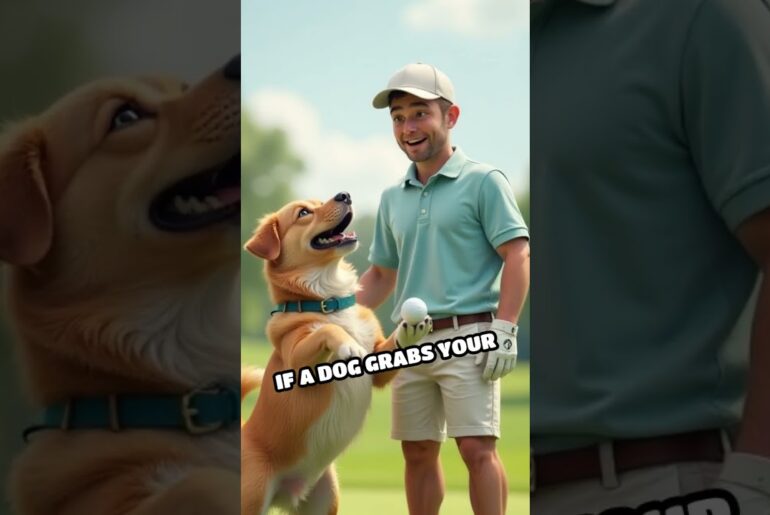
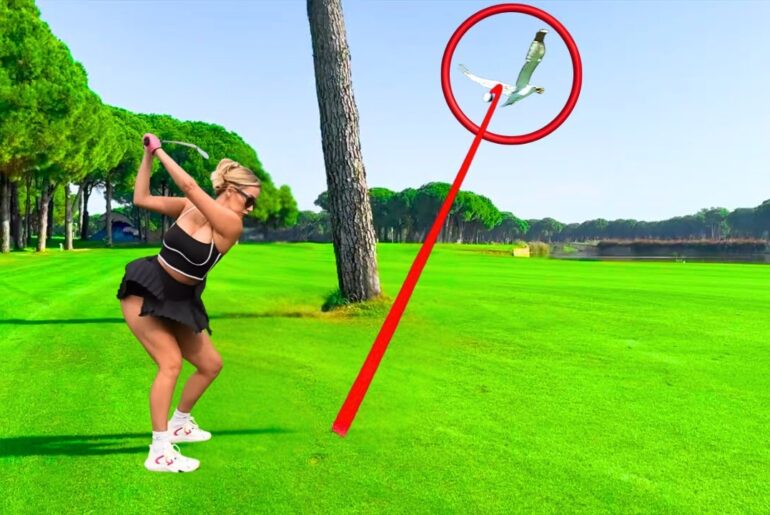

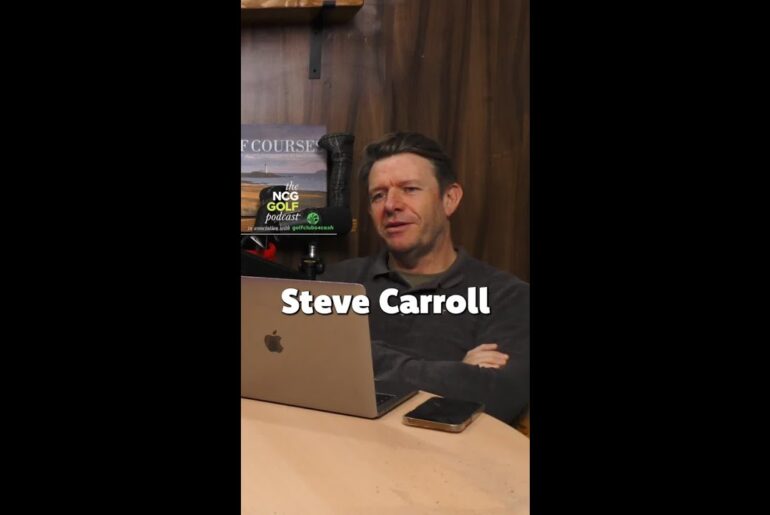
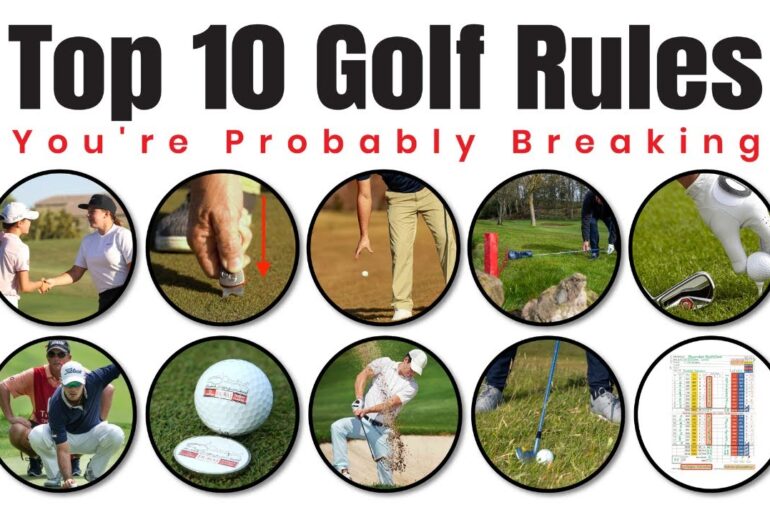
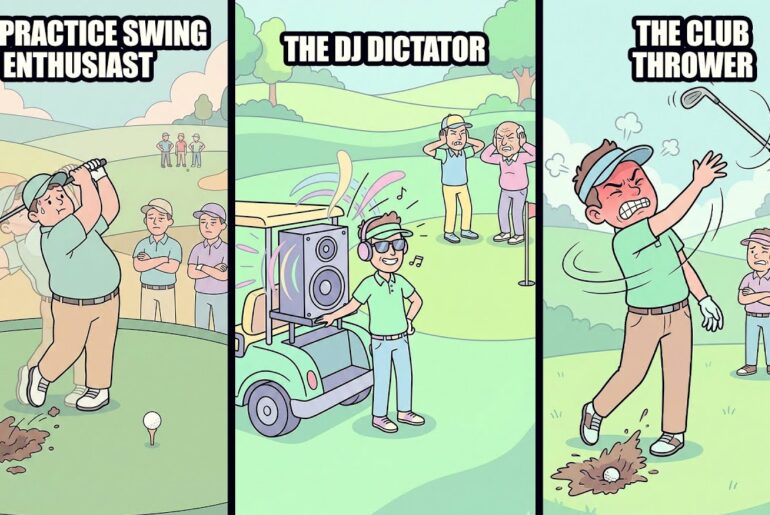
1 Comment
I used to just leave the pin in, and the guy I played with would always say '2 stroke penalty' then the next year they removed the rule